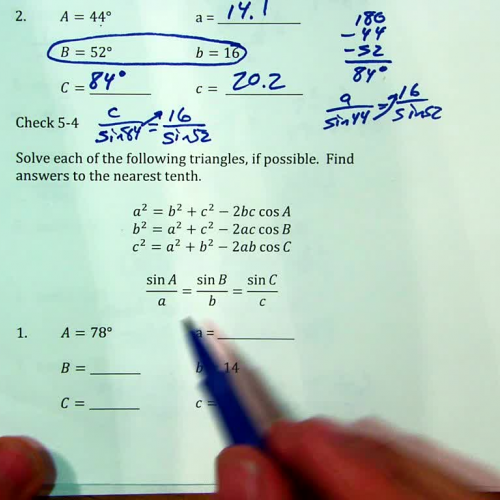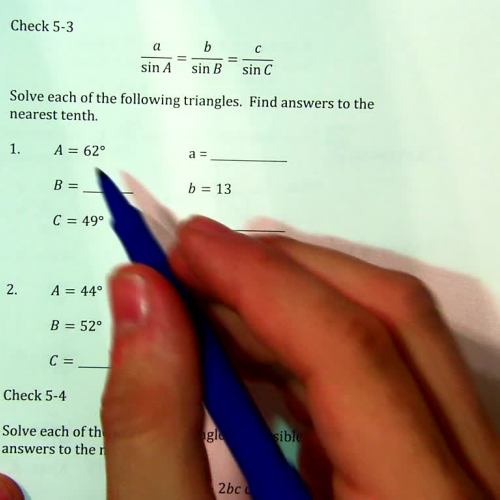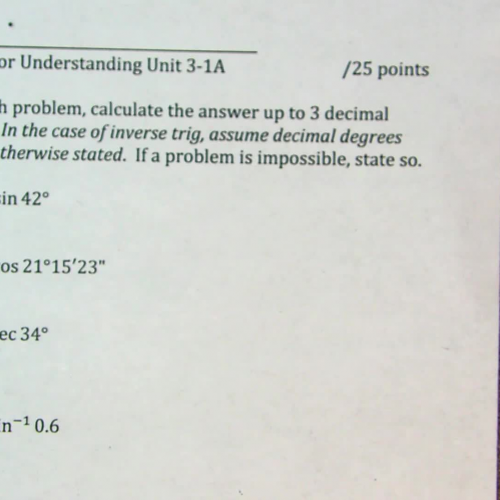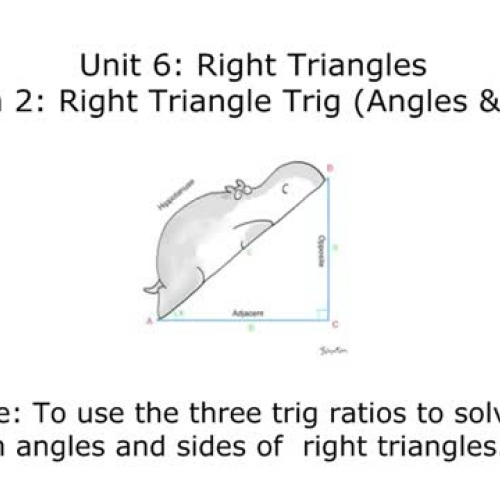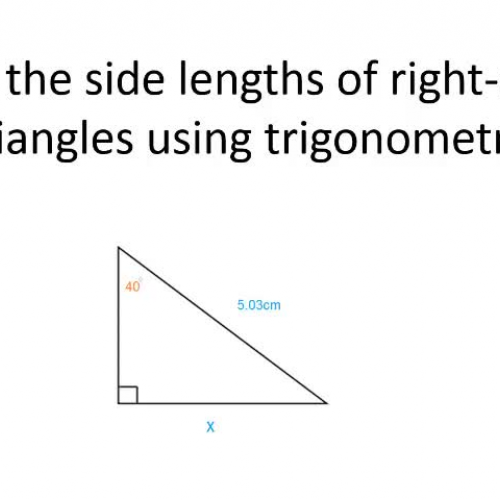High School > Math > Trigonometry Videos
Trigonometry is the branch of math that students usually associate with sine, cosine, and tangent. Most students also think of right triangles in this case. That is usually their first foray into the field: right triangles and the relationships between the sides and the angles between them.
Although trigonometry itself might seem a bit abstract to students, it has some very interesting applications in the real world. Take the realm of music production as an example.
Hold on a minute. Music? What does that have to do with triangles? Well, except for the fact that there is a musical instrument called a triangle, nothing much. Music doesn’t have anything to do with triangles, but it does have a lot to do with sound waves.
In trigonometry, there are such things as periodic functions. The sine and cosine functions are perfect examples of these. If we look at the graph of a sine function, the wave pattern just repeats over and over. That is why the function is called “periodic”, because it just repeats itself after a certain period has elapsed.
Sine waves, when extended across the horizontal axis, look much like the pattern of a regular sound wave. The wave can be manipulated by adding things to the sine function, making the wave taller, wider, or narrower. Sound engineers use this mathematical manipulation of sine waves to create different computer-generated sounds. More complicated trigonometry is involved to create rich, realistic-sounding music.
Digital music production these days uses programs like Adobe Audition to generate a variety of sound waves all from a computer. Since computers interpret sound waves as mathematical functions, a lot of trigonometry is involved in creating digital audio. Just take a look at a typical sound recording and zoom into the waveform. Varying patterns of waves can be seen at the highest zoom level, and trigonometry allows the user to edit the sound waves to their liking.



